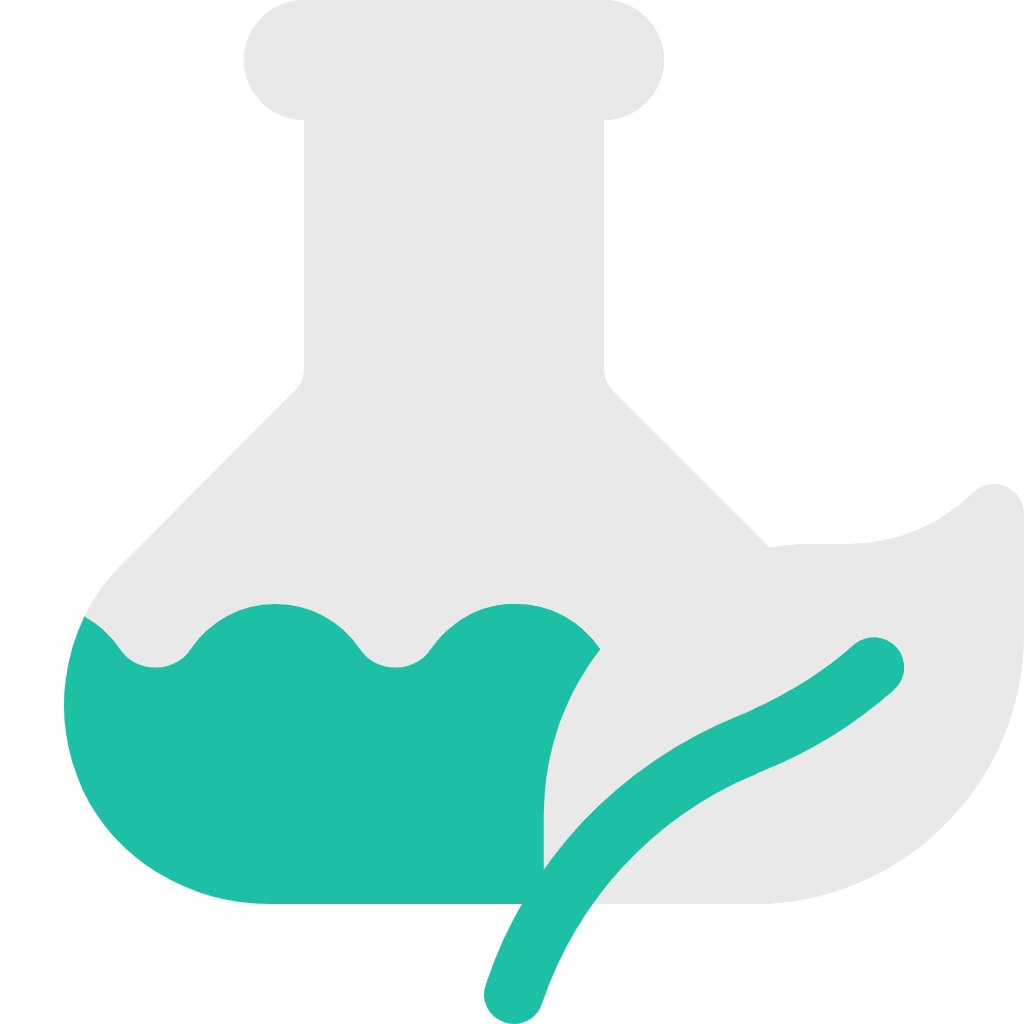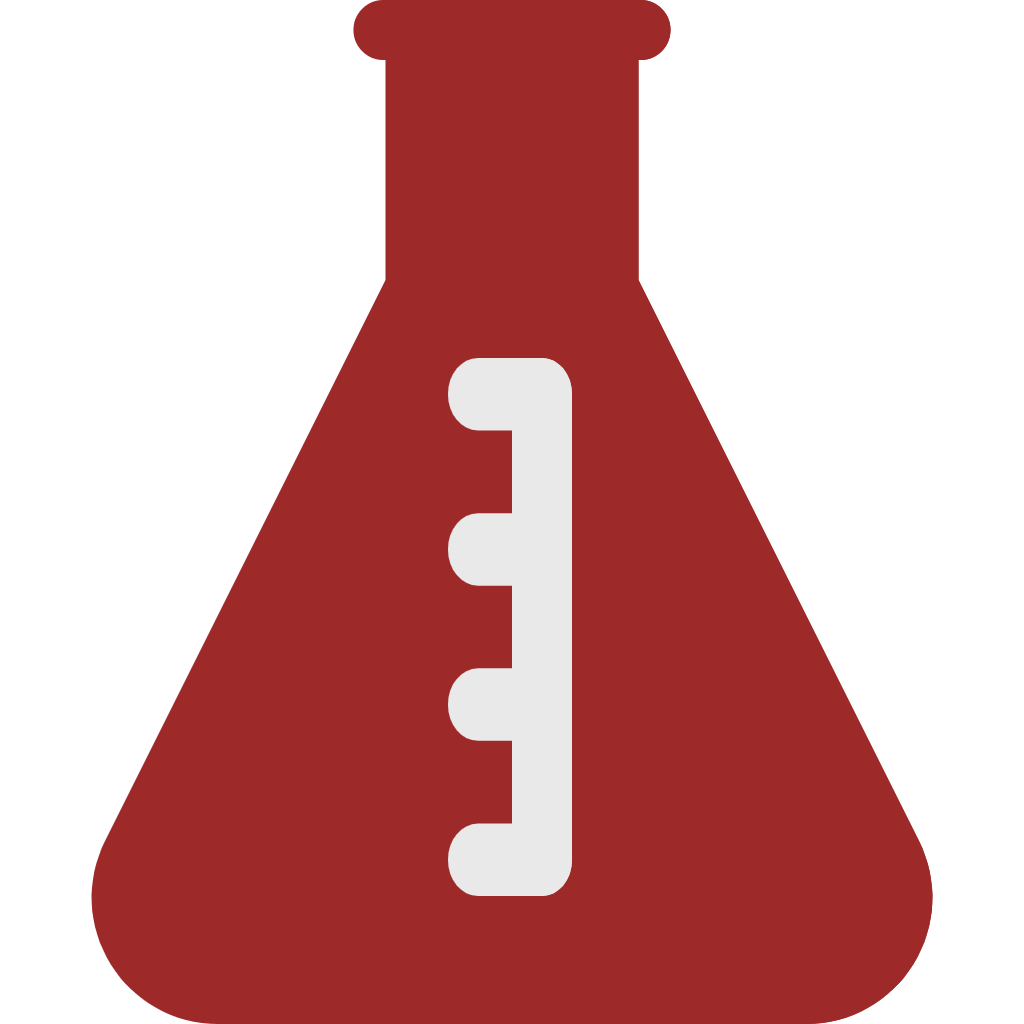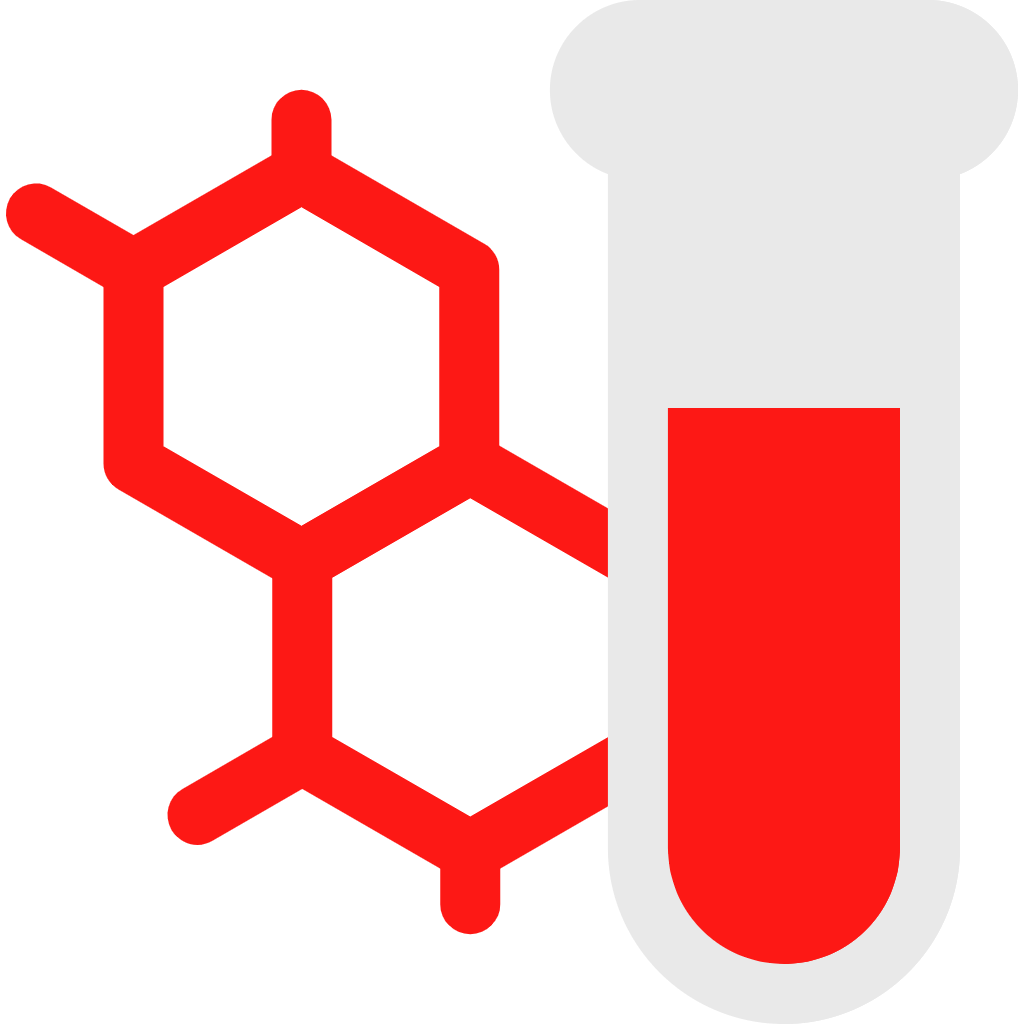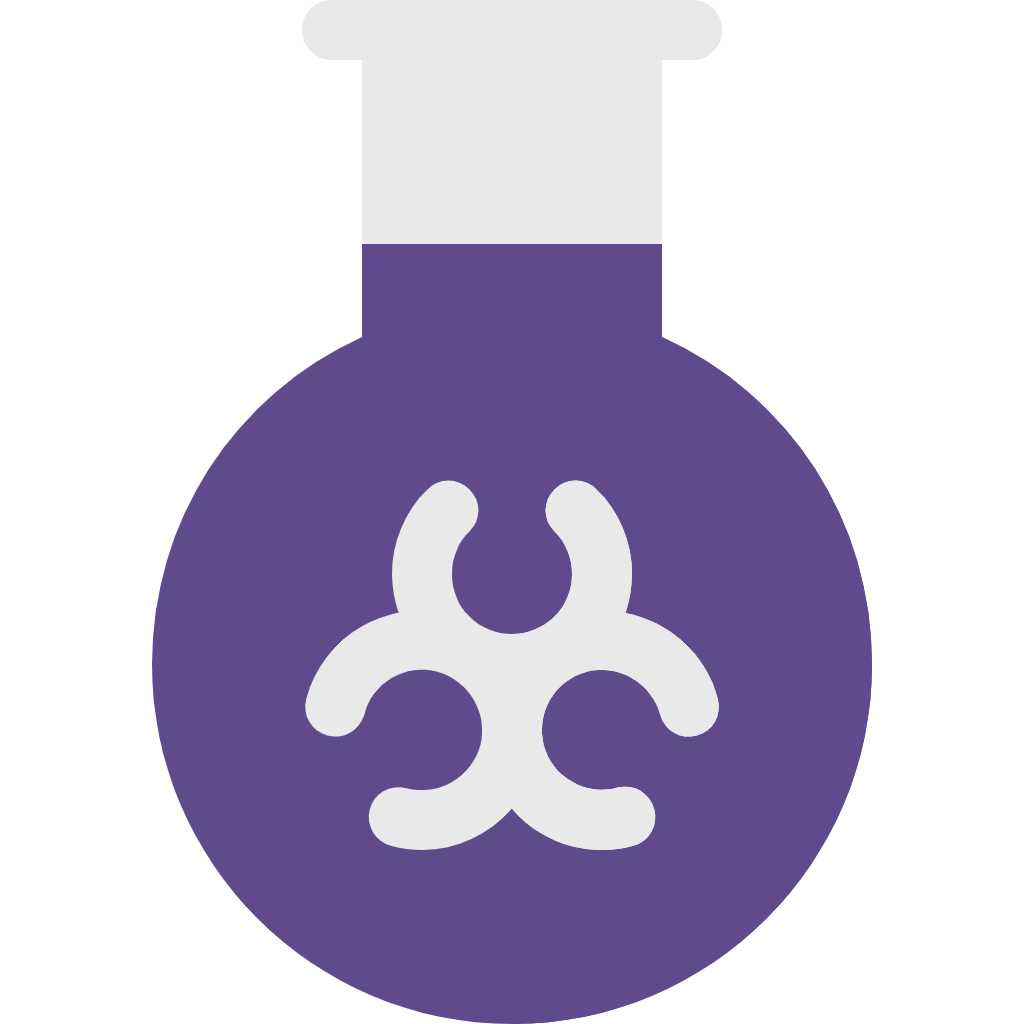What is the Molality Calculator?
The objective of the molal calculator is to simplify the process of determining the molality of different solutions. This online tool makes things easier for everyone who uses it by precisely determining the concentration of solute in the solvent. You can use our calculator to calculate molality of solution without needing to do it by hand. Just type the query into our calculator, and it will provide you with the correct answer step-by-step.

What is meant by molality?
Molality is defined as the number of moles of solute in 1000g (1kg) of the solvent. It is also called the molal concentration. Its unit is moles of solute per kilogram of solvent (mol/kg). For making a molal solution, we generally didn’t need any flask as it is required in other solutions. It is represented by m. Let's suppose if a solution has 180g of glucose dissolved in 1000g of water then it gives one molal solution of glucose.
Suggested: For the molarity of solutions, use our calculator molarity.
What's the formula for molality?
In one molal solution, different solutes have different masses and volumes. So we use the following equation to get the molality of any solution,
Molality (m) = (mass of solute/ molar mass of solute) * (1/ mass of solvent in kg)
We can write this formula as,
Molality (m) = (Number of moles of solute/mass of solvent in kilograms kg)
The molar mass of solute or solvent can also be determined by using our mole mass finder.
Why is molality important?
Molality is useful for knowing the concentration of a solution as it is independent of temperature and pressure. It is not affected by the volume when it is mixed. Molality is used in,
Expressing the concentration:
Using molality helps us find the concentrations of the solutions related to vapor pressure and temperature changes.
Colligative properties:
Molality is used while working with the colligative properties for example helps us know the depression of the freezing point and elevation in the boiling point.
Finding freezing and boiling point:
Molality helps us to determine the freezing and boiling points of different substances. As it is used while working with colligative properties which helps us know the freezing and boiling point.
Related: The titration of some solutions is also important to find and for finding the titration try out our titration concentration calculator.
Examples of molality:
Molality is used in different fields and its formula is used everywhere. Our molality calculator uses the same formula to solve your problem. Here are some examples to help you understand how molality could be found,
Example 1:
If a solution is prepared by dissolving 5g of toluene (C7H8) in 250g of benzene. Then determine the molality of this solution.
Solution:
The mass of toluene (C7H8) = 5g
The mass of benzene = 250g = 0.25kg
The molar mass of toluene (C7H8) = 12 * 7 + 1 * 8 = 92
By using the formula of molality,
(5g / 92 g mol^-1) * (1/0.250 kg)
= 5/ (92 * 0.25) = 0.217
So the molality of the given solution is 0.217 mol kg^-1
The mass/ weight of the toluene or benzene or any other substance can be calculated easily but for deep understanding use our solver for molecular weight.
Example 2:
In 0.910 kg of water, 1.08 mole of KBr is dissolved. Find the molality of this solution.
Solution:
The moles of the solue = 1.08 mol
The moles of solvent = 0.910 kg
Putting the values in the formula,
(1.08 mol / 0.910 kg)
= 1.19 mol/kg
So the molality of the given solution is 1.19 mol/kg.
How to find a molal calculator?
Use your Google browser then utilize the search bar to find an online molality calculator for solutions. Next, write "molality formula calculator" into the search section. There will be a lengthy line of calculators. Our molal calculator is available to you. We are going to take you through using the molality of a solution calculator that you now have.
How does our online molality calculator work?
You have found a molal calculator. You will input the given data. For example, you want to find the molality of the solution. You have to add the amount of the solute and the mass of the solvent, the data that is known to you.
Then you will click on the “calculate” button to initiate the calculations as our calculator has this button. Our molal concentration calculator will automatically process the whole data and give you the right answer.
Why should you use our molality formula calculator?
There are many benefits of using our molal calculator. Below are a few benefits that you will get such as:
Easy in Usage:
Our molality calculator is user-friendly. Intermediate, advanced learners or any learner can effectively utilize and understand it.
Precise answers:
Our molality of a solution calculator eliminates the chances of human error and provides precise results. Molality is independent of temperature and pressure but it is dependent on the measurements.
Easy to get:
As long as the user possesses his electronic device and an internet connection, which is accessible to everyone in today's world, our molal concentration calculator for solutions can be conveniently used anywhere, at any time.
Improvement in learning:
A molality calculator is an excellent learning tool that helps students understand the concentration of the solute.
Similar: Some solutions have unknown concentrations. For determining the concentration of solutions to know the number H+ ions then use our ph formula calculator.
Concluding the molality of a solution calculator:
In summary, molality is an important chemical concept that everyone ought to be informed of. The concentration of a solution may be hard to find out, but our molality calculator will help you. Our molality formula calculator is a helpful tool that you can use to determine the concentrations for different solutions.





















